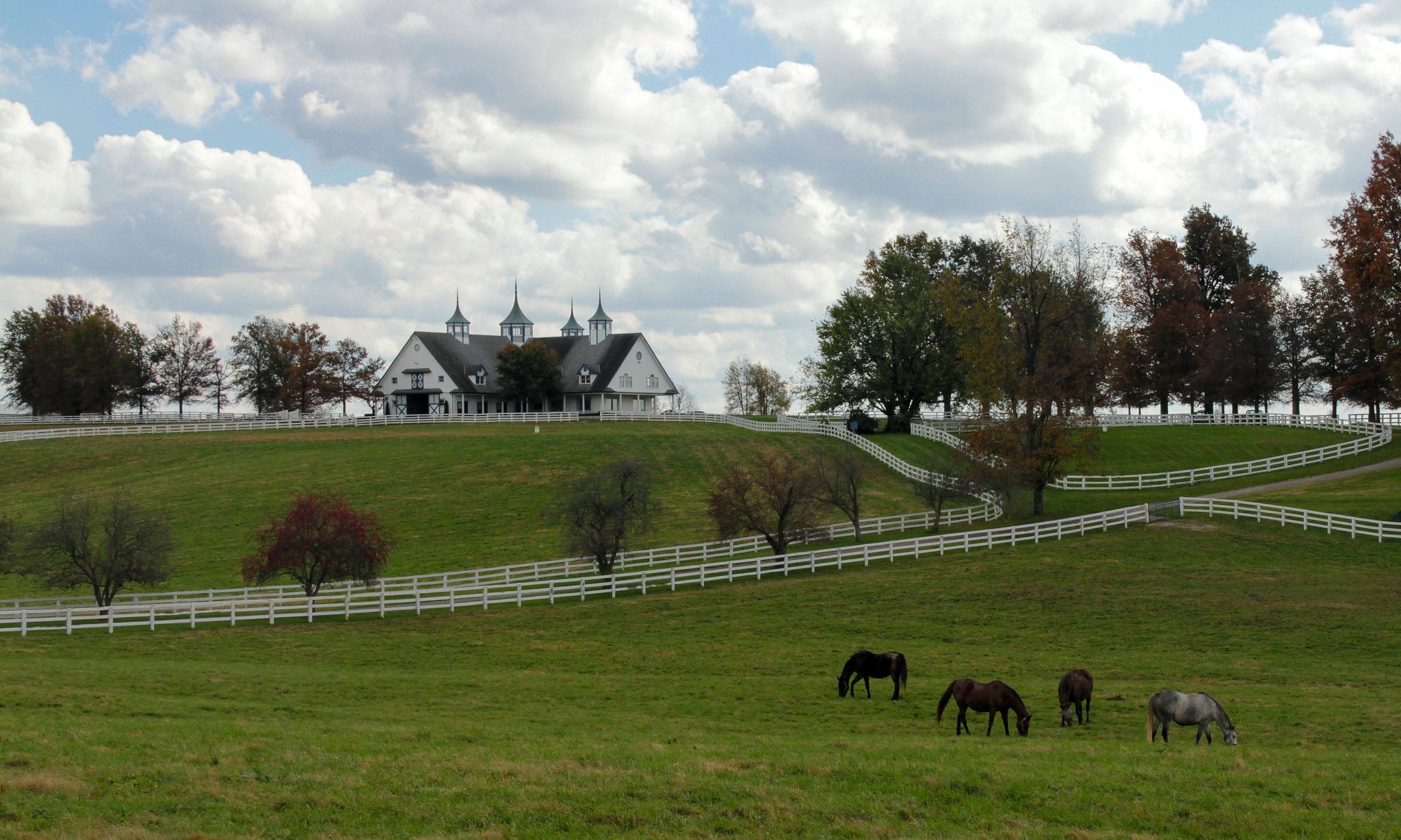The country of New Zealand is tiny — about the size of the state of Oregon. Yet this small country has a reputation for producing some of the finest grass-fed beef and lamb. How does New Zealand, with such a small grazing area, do this?
Easy. New Zealand farmers are really, really good at grazing management, the topic of this third and final installment in our series on Pasture Management for Healthy Horses. If you’ve been following along with this series, you already know how to select the right mix of grasses for optimal nutrition, and how to get rid of the weeds in your pasture. Now we’re exploring the third element of improving your paddocks: good pasture management.
Pasture-Management Challenges
Cows, goats and sheep are examples of ruminants, which have four stomachs to help them to break down even less-than-desirable forage. Horses are non-ruminants, so they prefer to eat the better-quality forage in a pasture and leave the rest. If you’re dealing with lots of mud from heavy rainfalls, haven’t mucked out your pastures in a while or have fields that are otherwise under stress, those sections of top-quality grass will just continue getting smaller, putting them at risk for overgrazing. Once a pasture has been overgrazed, it takes a lot longer for it to recover (if ever).Strategic Fencing for Healthier Pastures
Many factors can impact how many horses you can successfully graze in one pasture, but you can count on needing at least 2-4 acres per horse in order to provide adequate nutrition. If your pastures are full of weeds or otherwise challenged, you’ll need additional acreage per horse, and may need to supplement with hay or other forage. Strategic fencing is one technique that can help pastures of all sizes. By breaking one large pasture down into several small paddocks, you can control how and when horses graze certain areas of the field. Here’s why that’s beneficial:- It gives overgrazed areas time to regenerate.
- It lets muddy areas dry out while drier paddocks are in use.
- It allows you to selectively reseed or fertilize/drag stressed areas.
- It’s possible to rotate horses to paddocks where grass is at its optimal stage of maturity for nutrition. Horses derive the most balanced, appropriate nutrition from plants just entering the elongation phase — just after a plant has developed its leaves and before it enters the process of going to seed.
- It prevents overgrazing, which can result in damaging the plant’s roots. A plant with shallow or damaged roots has lower production levels and is of poorer feed quality.
- It also discourages competition from weeds that invade when forage is overgrazed and weakened.
- It limits soil compaction and reduced soil erosion.




